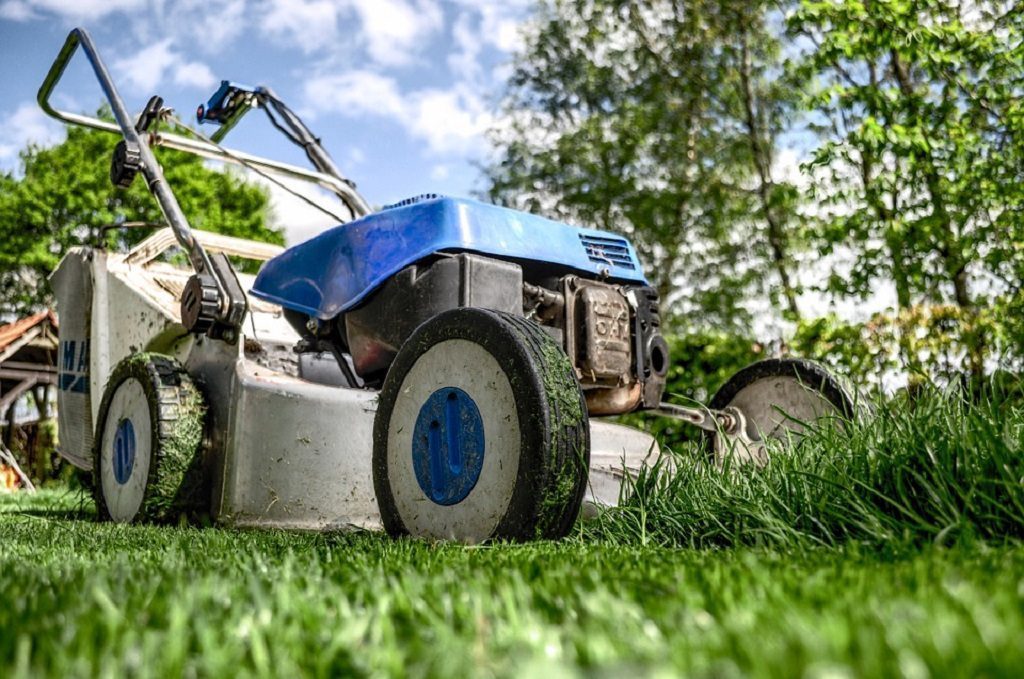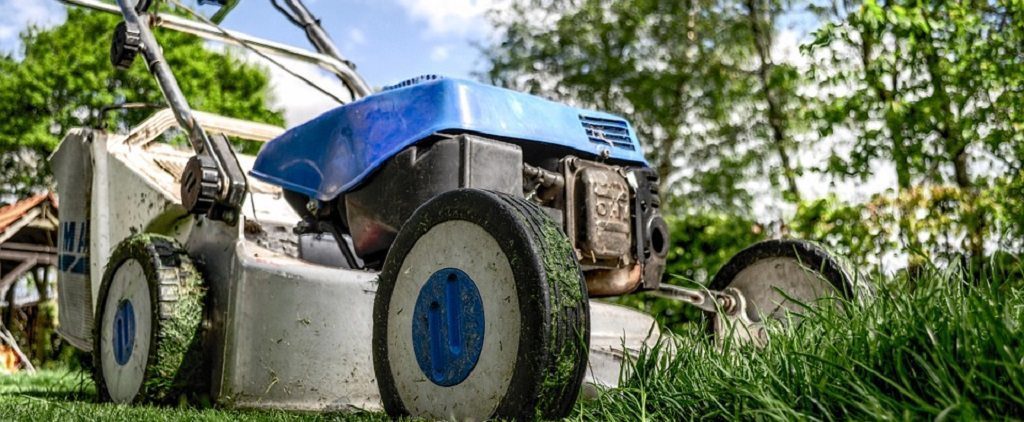Oh, they start with the lawnmower injury stats, but WHAT THE MAINSTREAM NEWS WON’T TELL YOU is that lawnmowers cause deaths too!
69 deaths per year on average, according to Euronews. And yet, DeepState liberal snowflake safespace dwelling virtue signallers WON’T EVEN DISCUSS a lawnmower ban.
Well, maybe Treeza might consider it. Depends on how Strong and Stable the lawnmowers are.
On average every day in the United States, 13 children receive emergency treatment for a lawn mower-related injury. That adds up to almost 4800 children injured each year. A recent study from the Center for Injury Research and Policy at Nationwide Children’s Hospital published in the American Journal of Emergency Medicine shows that, while there has been a decrease in the number of children injured by lawn mowers over the last few decades, this cause of serious injury continues to be a concern.
The most common types of lawn mower injuries were cuts (39%) and burns (15%). The hand/finger was the most commonly injured body region, followed by the leg, feet and toes. While most children were treated and released, more than eight percent were serious enough to be admitted to the hospital. Bystanders and passengers were almost four times more likely than operators to be admitted.
The way children are injured by lawn mowers varies by age. Children younger than five years are more likely than older children to be injured from touching a hot surface, from a “back-over” injury, or as a bystander or passenger. Children age 5-17 years were more likely than younger children to be struck by or cut by the lawn mower or a projectile.
Researchers suggest that automatic safety measures that are designed into the lawn mower are the best way to prevent injuries from mowers. Shields can help keep hands and feet from getting under the mower, while also protecting the blades from large objects. To help prevent back-over injuries, which are often the most devastating lawn mower injuries to young children, every ride-on mower should be equipped with a no-mow-in-reverse mechanism with the over-ride switch for this feature located behind the operator’s seat, which forces the person operating the ride-on mower to look behind them before backing up with the blades engaged. Current industry voluntary standards address some, but not all of these safety measures.
“While we are happy to see that the number of lawn mower-related injuries has declined over the years, it is important for families to realize that these injuries still occur frequently during warm weather months,” said Gary Smith, MD, DrPH, senior author of the study and director of the Center for Injury Research and Policy at Nationwide Children’s Hospital. “Improvements in lawn mower design during the last few decades are likely an important contributing factor in the decrease in injuries. We would like to see manufacturers continue to improve design and include additional needed safety features on all mowers.”
Injury prevention experts recommend the following to prevent lawn mower-related injuries:
- Teach and supervise teens. Children should be at least 12 years old to operate a push mower and at least 16 years old before using a ride-on mower. An adult should supervise teens before they are allowed to operate a lawn mower on their own.
- Kid-free zone. Children should never be passengers on ride-on mowers and children younger than 6 years of age should be kept indoors during mowing. Never let children play on or near a lawn mower, even when it is not in use.
- Before you mow. Pick up any stones or other objects in the grass. Objects thrown by a lawn mower can cause severe eye and other injuries. Put on protective eyewear and make sure you are wearing sturdy shoes.
- While you mow. When using a walk-behind lawn mower, use a mower with a control that stops it from moving forward if the handle is released. Always mow going forward. If you absolutely have to mow in reverse, always look behind you before you start backing up.
- Turn it off. Wait for the blades to stop completely before removing the grass catcher, unclogging the discharge chute, or crossing gravel roads.
Source: Eurekalert/Nationwide Children’s Hospital
Image: Pixabay/Skitterphoto

Some of the news that we find inspiring, diverting, wrong or so very right.




















